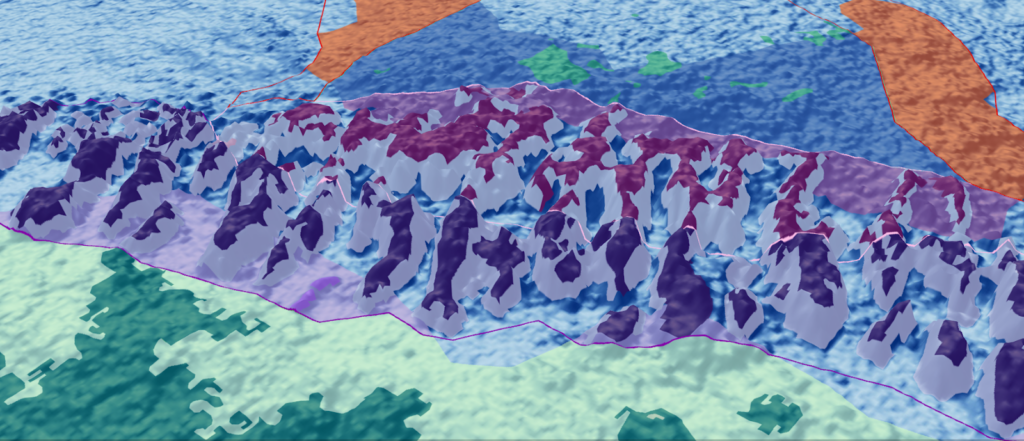As coral restoration efforts continue to increase in size and number, there is an overwhelming need for information for scientific input into restoration spatial planning and siting, defining restoration success, and evaluation of progress toward successfully meeting restoration goals. Meaningful, consistent, comparable, and quantitative data are required to quantify the changes that result from restoration actions.

Why We Care
Coral reefs provide many key ecosystem services, including coastal protection, habitat for diverse organisms, and support to human uses such as tourism and fisheries. As coral reefs continue to decline due to both global and local stressors, there is an increasing focus on coral reef restoration to help preserve coral reef ecosystems. Restoration can be used to meet many different goals to enhance natural coral populations and improve the services that reefs provide. Restoration goals can include improving coral reefs’ ecological resilience, climate resilience, and the coastal protection that reefs provide; promoting marine education, stewardship and tourism; provisioning of livelihoods; and improving fish and invertebrate abundance through enhanced habitat. Coral reef restoration, while a quickly growing field, is still relatively new. Guidance on how best to evaluate the success of coral restoration for multiple goals is needed, as is spatial planning for restoration implementation.
What We Are Doing
NCCOS is working to develop scientific guidance for restoration design, implementation, and monitoring for successful coral restoration. Some related products include the “Coral Reef Restoration Monitoring Guide: methods to evaluate restoration success from local to ecosystem scales” and “Coral restoration for coastal resilience: a framework for multi-scale integration of ecology, hydrodynamics, and engineering.” In addition, we work to apply emerging technology to restoration design and implementation and to make this accessible to users. One example is a webinar on “Photomosaics as a Tool for Monitoring Coral Restoration Success.”
NCCOS is also contributing to spatial planning for restoration siting. We use a geospatial approach that includes spatial data management and visualization (e.g., Dashboards), habitat mapping, and application of predictive species models.
We work with multiple partners who represent managers, restoration practitioners, and scientists to create a collaborative community. These include the Coral Restoration Consortium, the NOAA Restoration Center, the Florida Keys National Marine Sanctuary, and many others.
Benefits of Our Work
This work provides a scientific framework for designing and implementing coral restoration and for evaluating the success of restoration. Incorporating of sound science into restoration will help improve restoration efficiency, effectiveness, and likelihood of success. This is critical to efforts to scale up coral reef restorations to large enough sizes to 1) improve coral reef ecosystem health, 2) improve the status of threatened coral populations, and 3) to provide coastal protection from waves and storms.
